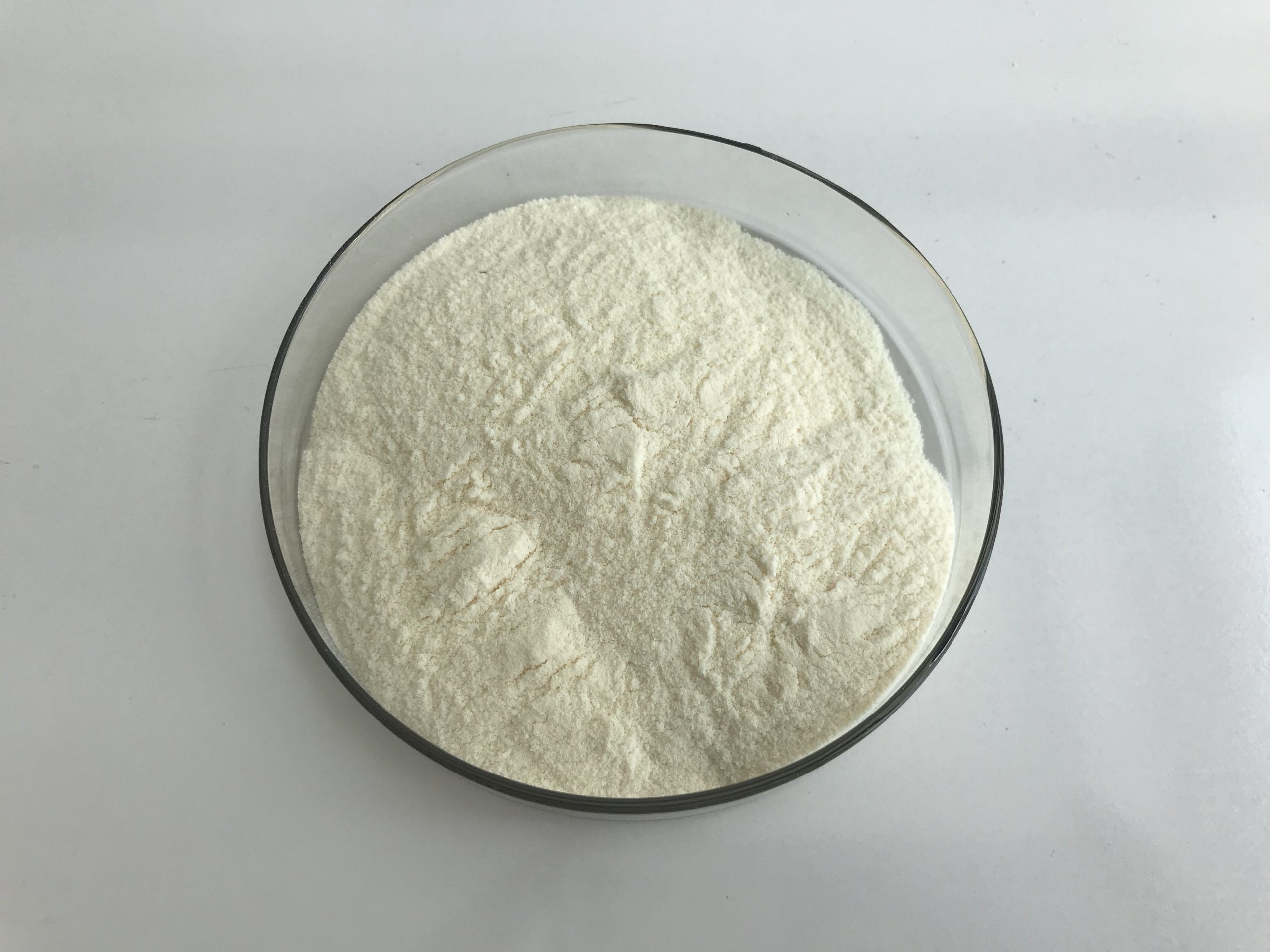Arachidonic acid (AA) is a polyunsaturated omega-6 fatty acid that plays a crucial role in various physiological processes. Here’s a comprehensive overview:
1. Chemical Structure and Sources
Structure: Arachidonic acid is a 20-carbon fatty acid with four double bonds (C20:4, n-6).
Sources: It is found in animal products, such as meat and eggs, and can be synthesized in the body from linoleic acid, an essential omega-6 fatty acid.
2. Biosynthesis
Arachidonic acid is produced from dietary linoleic acid via a series of desaturation and elongation steps.
Key enzymes involved include:
- Desaturases: Convert fatty acids into more unsaturated forms.
- Elongases: Lengthen the carbon chain.

3. Physiological Functions
Cell Membrane Component: Arachidonic acid is a key phospholipid component in cell membranes, influencing membrane fluidity and function.
Eicosanoid Synthesis: Arachidonic acid is the precursor for eicosanoids, which include:
- Prostaglandins: Involved in inflammation, pain, and fever regulation.
- Thromboxanes: Play a role in blood clotting.
- Leukotrienes: Mediate allergic responses and inflammation.
4. Role in Inflammation
Arachidonic acid metabolism is crucial in inflammatory responses. Its metabolites can have pro-inflammatory effects, contributing to conditions like asthma, arthritis, and cardiovascular diseases.
The balance of eicosanoids derived from Arachidonic acid and those derived from omega-3 fatty acids (like EPA and DHA) is important in regulating inflammation.
5. Health Implications
Dietary Balance: A diet high in omega-6 fatty acids (including Arachidonic acid) relative to omega-3 fatty acids may promote inflammatory diseases.
Supplementation: Omega-3 fatty acid supplementation can compete with Arachidonic acid for metabolism, potentially reducing inflammation.
Pathological Conditions: Excessive Arachidonic acid and its metabolites have been linked to various diseases, including cancer, cardiovascular diseases, and neurodegenerative disorders.
6. Research and Therapeutics
Investigations into modulating Arachidonic acid metabolism have led to potential therapeutic strategies, such as using COX inhibitors (like NSAIDs) to reduce inflammation.
Research is ongoing into how dietary interventions can optimize the balance of fatty acids in the diet to promote health.

7. Conclusion
Arachidonic acid is essential for various biological functions, particularly in inflammatory processes. Understanding its role and balance with omega-3 fatty acids is vital for maintaining health and preventing disease.
8. References
Consider reviewing primary literature on eicosanoid biology, dietary fatty acid metabolism, and the role of fatty acids in health and disease for a deeper understanding.
If you need more specific information on any aspect, let me know!
